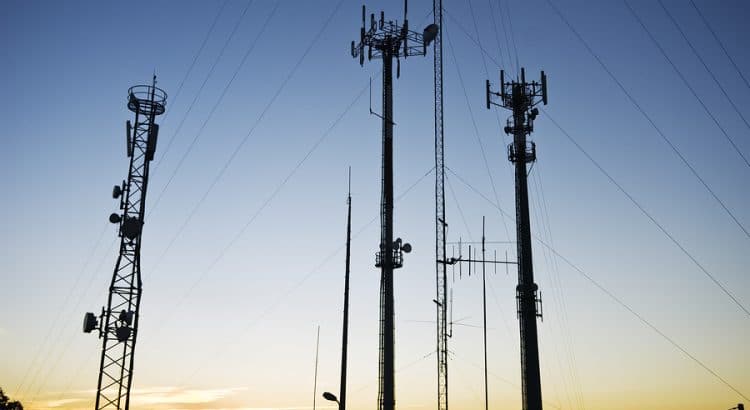Understanding cell phone compatibility across networks can be tough. A common understanding has emerged: some cell phones are CDMA devices while other phones are GSM devices. According to the common understanding, GSM phones work with GSM networks, and CDMA phones work with CDMA networks. The common understanding has never been entirely accurate. For many years, a CDMA phone sold by Sprint wouldn’t necessarily work on Verizon’s CDMA network. Similarly, a GSM phone sold by AT&T wouldn’t necessarily work with T-Mobile’s GSM network. Beyond that, plenty of phone models have supported both CDMA and GSM.
Although the common understanding of the CDMA/GSM dichotomy wasn’t ever entirely right, it was at least useful or directionally accurate for many years. Not anymore. Networks are phasing out 2G and 3G technologies. All of the major networks in the U.S. today are dominated by 4G LTE technology. LTE isn’t GSM or CDMA. LTE is its own thing.
MVNOs typically can’t explicitly name their host networks. As a result, MVNOs often use the CDMA and GSM acronyms to label their networks. An MVNO that offers service over AT&T and Verizon’s networks might refer to the AT&T service as “the GSM service” and the Verizon service “the CDMA service.”
Just this week, the carrier Tello launched service over T-Mobile’s network. Tello is calling the T-Mobile network the “New GSM Network.” While I understand Tello’s rationale, I worry Tello is continuing a trend that ultimately confuses consumers about cellular technologies and phone compatibility.




